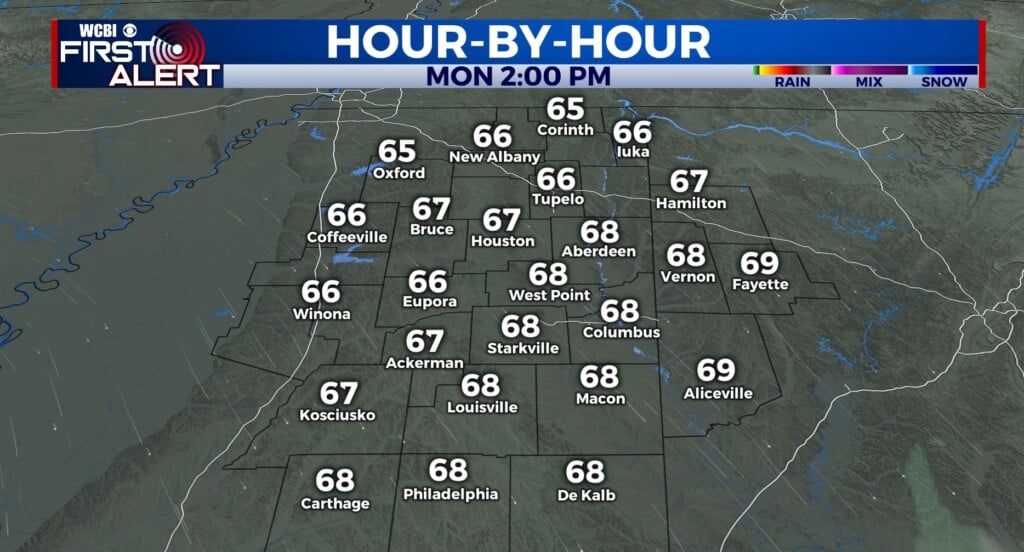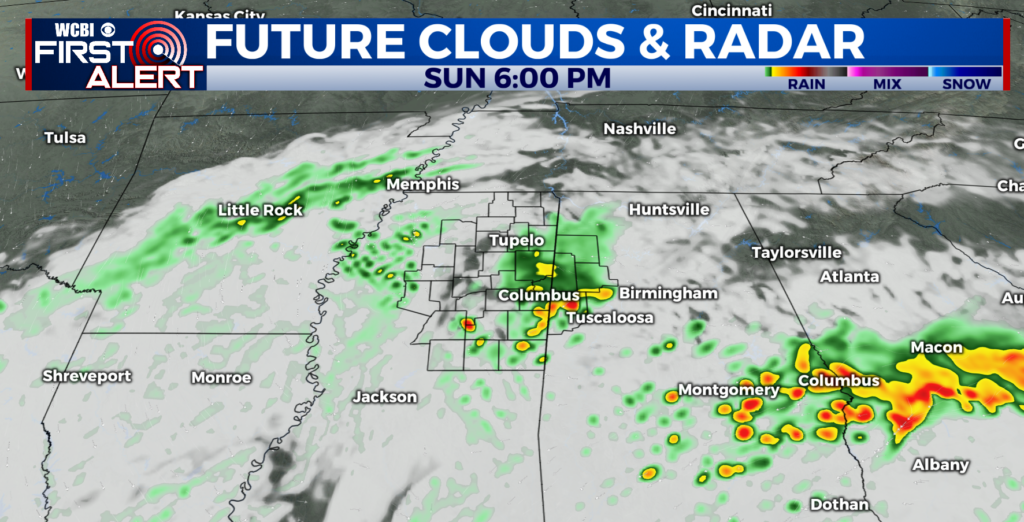Model estimates COVID outbreak occurred earlier than previously thought
New information suggests the coronavirus was spreading rapidly in the US much earlier than first thought. Only 23 coronavirus cases in several major cities had been reported by March 1, but analysis from a Northeastern University pandemic model estimates there could have already been about 28,000 coronavirus infections in those cities by that time.
Researchers say the first death caused by COVID-19 occurred in California at the beginning of February, three weeks earlier than the first confirmed death in Washington State.
“Those cases were not detected because if you don’t test, you don’t detect,” Northeastern professor Dr. Alessandro Vespignani told CBS News’ Dr. Jon LaPook.
Vespignani and his team modeling the virus’ spread believe it likely began in the U.S. in January, and by mid-February, there were about 50 new infections per day.
A New York Times analysis of the modeling estimates New York City had 10,000 infections by March 1, two weeks before social distancing guidelines were put in place.
“The fact that this virus can spread asymptomatically from person to person without causing any disease was under-appreciated until recently,” NYU Langone Health’s Dr. Matija Snuderl said.
Snuderl’s team found through genetic analysis that most U.S. infections came from Europe, not China, where the virus originated.
Travel to the U.S. from China was curtailed on January 31, over a month before travel restrictions were put on Europe.
“I think it’s important for us to learn from our mistakes,” Snuderl said. “This is not the last pandemic that we are facing.”
In hindsight, Snuderl said, there were two “critical” steps that could have been taken.
The first — make masks required for all New York City residents much earlier. “The second thing would be to start aggressively testing everyone who was traveling from outside,” he said.
Dr. Vespignani pointed out that modeling is at least partially based on public behavior, meaning future projections are not set in stone.
“If we stay home when we are asked to stay home, if we wash our hands, if we use masks… well, we might change the trajectory of this epidemic,” he said before comparing it to the trajectory of a hurricane, which is out of our control.
“For an epidemic, we can change the trajectory,” he said.
A report from Mount Sinai seems to support Vespignani and his team’s findings, estimating the coronavirus was circulating in New York City as early as late January.





Leave a Reply